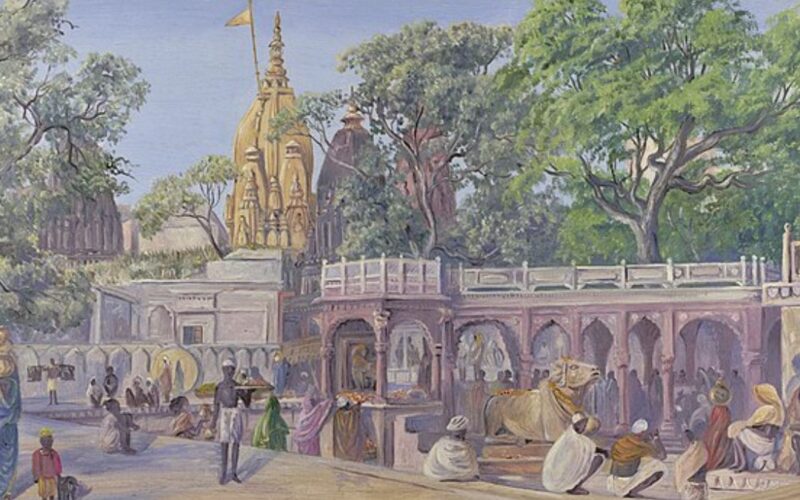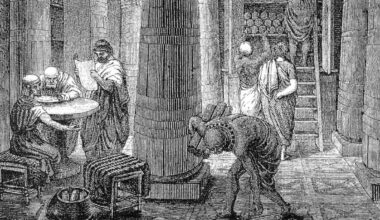The rich tapestry of India’s history is woven with threads of diverse cultures, religions, and traditions. One chapter that has left an indelible mark on this tapestry is the period of Islamic rule in India. While it is essential to appreciate the historical complexities, it is equally crucial to acknowledge the instances of religious intolerance and persecution that transpired during this era. In this exploration, we delve into ten historical facts shedding light on the persecution faced by Hindus during Islamic rule in India.
Complex Historical Landscape
The Islamic rule in India spans several centuries, marked by the reigns of various dynasties such as the Ghaznavids, Ghurids, Delhi Sultanate, and the Mughals. This era witnessed a complex interplay of political, cultural, and religious forces, shaping the socio-religious landscape of medieval India.
Destruction of Temples
One of the stark realities of this period was the widespread destruction of Hindu temples. Numerous historical accounts detail instances of iconic temples being razed to the ground, either as acts of conquest or as a means to impose religious dominance. The destruction of structures like the Somnath Temple in Gujarat is a poignant example of the religious intolerance that prevailed during certain phases of Islamic rule.
Iconoclasm and Religious Intolerance
The term ‘iconoclasm’ aptly describes the deliberate destruction of religious icons and symbols. During certain periods of Islamic rule, this manifested as an expression of religious zeal, leading to the desecration of Hindu deities, idols, and sacred sites. These acts of iconoclasm had profound implications for the religious and cultural heritage of the Hindu community.
Jizya Tax and Social Strain
The imposition of the jizya tax on non-Muslims, including Hindus, created a social and economic divide. While it was ostensibly a tax on protection, its implementation was often discriminatory. Non-Muslims, including Hindus, faced additional financial burdens, leading to social inequities and strains within the fabric of society.

Forced Conversions
The issue of forced conversions during Islamic rule is a subject of historical debate. While some argue that conversions occurred due to socio-economic factors, others point to instances of coercion and persecution. The dynamics were complex, and a nuanced understanding is necessary to appreciate the various factors at play during this period.
Cultural Synthesis
Amidst the challenges and conflicts, there were also instances of cultural synthesis and artistic exchange between the Hindu and Islamic traditions. The fusion of Indo-Islamic art and architecture, as seen in structures like the Qutub Minar and the Taj Mahal, reflects the ability of diverse cultures to influence and inspire one another.
Scholarly Contributions
Despite the adversities, the period of Islamic rule in India saw the flourishing of scholarship and intellectual pursuits. Many Hindu scholars continued their contributions to fields such as astronomy, mathematics, medicine, and literature, leaving an enduring legacy that transcended religious boundaries.
Legacy of Communal Harmony
It is essential to recognize that not all interactions between Hindus and Muslims during this era were marked by conflict. There were instances of coexistence and collaboration, fostering a legacy of communal harmony that is an integral part of India’s diverse heritage.
Maratha Resurgence and the End of Mughal Rule
The Marathas, a Hindu warrior group, played a pivotal role in challenging the supremacy of the Mughals. The resilience of Hindu states and the rise of regional powers marked a turning point in Indian history, leading to the eventual decline of the Mughal Empire.
Contemporary Reflection
In contemporary times, it is crucial to approach historical narratives with a balanced perspective. Acknowledging the complexities of the past allows for a more nuanced understanding of the present. India, with its diverse religious tapestry, stands as a testament to the resilience of its people in overcoming historical challenges and forging a shared destiny.
The historical persecution of Hindus during Islamic rule in India is an undeniable aspect of the country’s complex past. While acknowledging these challenging chapters, it is equally important to recognize the periods of coexistence, cultural synthesis, and the enduring legacy of communal harmony. As India moves forward, embracing its diverse heritage, an inclusive understanding of history becomes a crucial foundation for fostering unity and understanding among its people.










